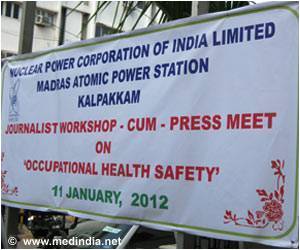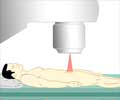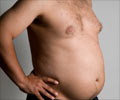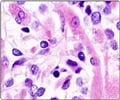Respiratory motion while in radiotherapy complicates hitting the right treatment target.
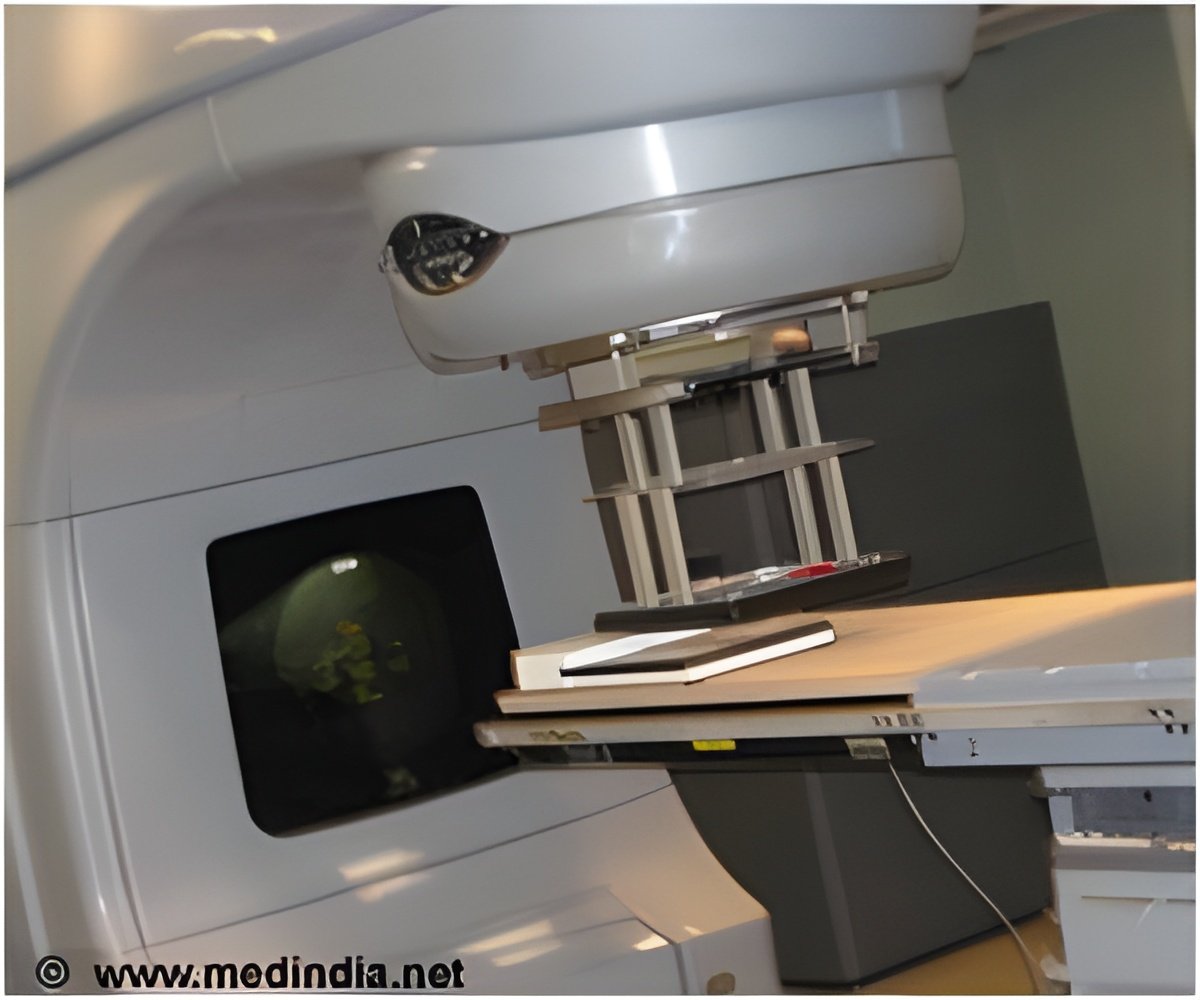
"Unlike treatment under free breathing (FB), where the patient breathes normally, DIBH spares the heart by reducing its volume and movement in the field to be irradiated, and the lung expansion involved in holding breath leads to a decrease of relative lung volume which is irradiated," Dr. Ziouèche will explain. "In effect, we can largely eliminate the problem of respiratory movement by using this technique, which allows us to reduce the volume of the healthy organ irradiated around the target volume while improving treatment precision. This is particularly important in breast cancer cases, where the life expectancy of most patients is long."
Dr. Ziouèche and colleagues collected data on 31 patients treated with DIBH between October 2007 and June 2010 at the Institut Sainte Catherine. Each patient was her own case-control and underwent two CT scans, one in FB and the other in DIBH. The dose to healthy organs and targets was calculated based on these scans. Analysis showed that the heart mean dose decreased from 9 Gy in FB to 3.7 Gy in DIBH, and the maximum heart dose from 44.9 Gy to 24.7 Gy. The amount of radiation to the lung was also decreased with DIBH.
"This is the largest study to date of the use of DIBH in patients undergoing radiotherapy for breast cancer," Dr Ziouèche will say. "It is an important result for breast cancer patients, where it can spare the volume of heart and lungs that are irradiated. Commonly, the margins around the tumour to be treated are increased in order to take movement into account. But this involves treating a larger area, some of it unnecessarily. The use of DIBH avoids this problem.
"Although the DIBH procedure initially involves additional time and therefore cost, if this technique results as we believe it will, in a clinical benefit in terms of reducing cardiac and pulmonary sequelae in specific cases it could result in lower healthcare costs in the longer term," says Dr. Ziouèche. "Currently the DIBH technique is little used in breast cancer, and we need further studies of its clinical and economic benefits to demonstrate its value in breast radiation treatment. Once these studies are completed we would hope to see it in widespread use in the future, to the benefit of patients and healthcare systems alike," she will conclude.
In an earlier presentation, Ms Fanneke van den Boomen, from the Catharina Hospital, Eindhoven, The Netherlands, described how she and her colleagues had compared results from two different kinds of CT scan to see which could more accurately estimate safety margins for radiotherapy treatment where breathing motion was involved. They compared the results from 3D and 4D treatment-planning CT scans of 50 patients with lung tumours and found that the more recent 4D scans provided better results in cases where large tumour motion was involved.
Advertisement
4D scanning equipment has only become available recently, and therefore the number of institutes using it is still limited. However, the researchers say, the results are so impressive that their hospital is now performing it routinely in cases where there is large tumour movement.
Advertisement
In another study presented to the conference, Gauthier Bouilhol, M.Sc, from the Centre Léon Bérard, Lyon, described how he and colleagues from CREATIS (CNRS UMR5220, Inserm U1044) have developed a model to adjust the method currently used for the calculation of safety margins to account for respiratory motion asymmetry during radiotherapy.
"When a patient breathes during radiotherapy treatment," Mr. Bouilhol explained, "the tumour may also move. The normal way of calculating the treatment margins to compensate for potential errors is based on a symmetrical model. But if tumour motion is asymmetric the model is wrong."
The researchers suggest a new model that takes into account the differences between the two margins involved in inhale and exhale motion. "We believe that our model, once clinically validated, will provide a more accurate assessment of the area which is required to be treated with radiation, and this will improve both safety and efficacy for patients," Mr. Bouilhol said.
Dr. Núria Jornet, medical physicist from the Hospital de la Santa Creu i Sant Pau, Barcelona, and chair of the ESTRO-31 scientific programme committee said: "Organ motion due to physiological processes such as breathing poses a challenge in highly accurate radiation therapy. With the advent of technological advances such as 4D imagers, which allow making 'cine' images of internal organ motion, and treatment units that can synchronise radiation with the organ movement this motion can be monitored and accounted for. Nowadays we are not only able to know where the tumour is in each moment but also have methods to hit it with a millimetric accuracy.
"These three abstracts are a good example of how breathing motion is managed using different approaches either by reducing motion by irradiating in deep inspiration breath hold which also exploits lung inflation to spare normal tissues, or by personalising safety margins around the tumour so that we are sure that the tumour will be correctly irradiated in all breathing phases. Regardless of the method used to manage motion, image guidance during treatment is needed, as is shown in the study by Mrs. van den Boomen."
Source-Eurekalert



